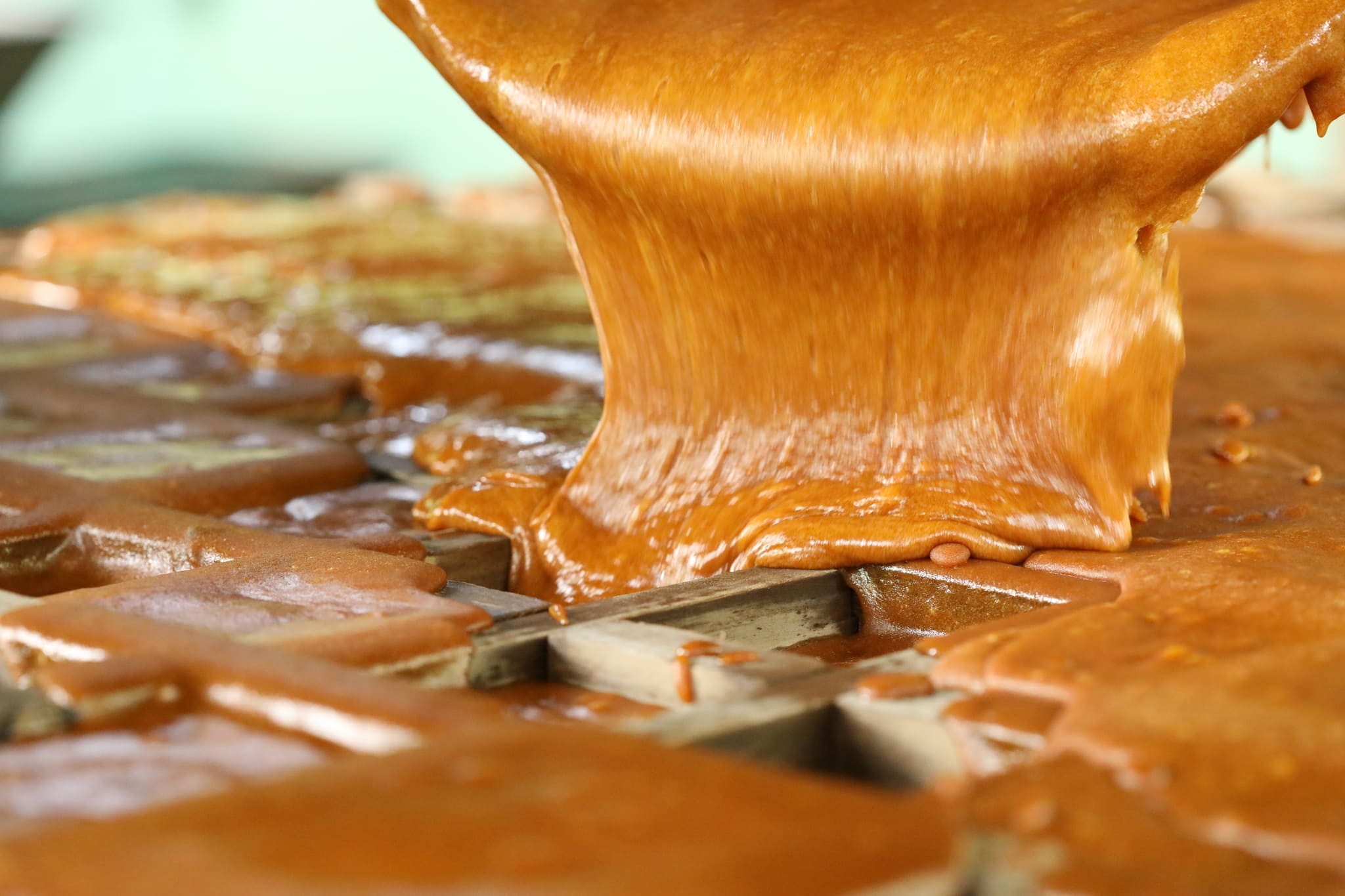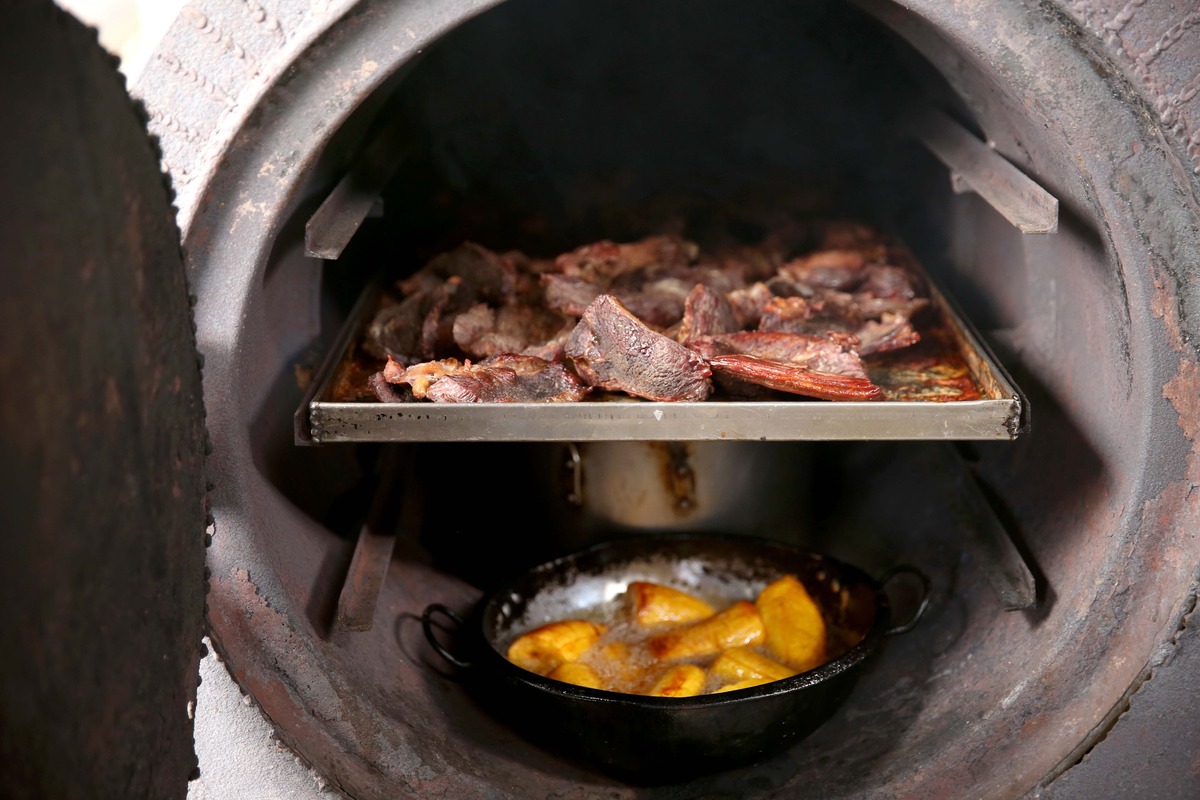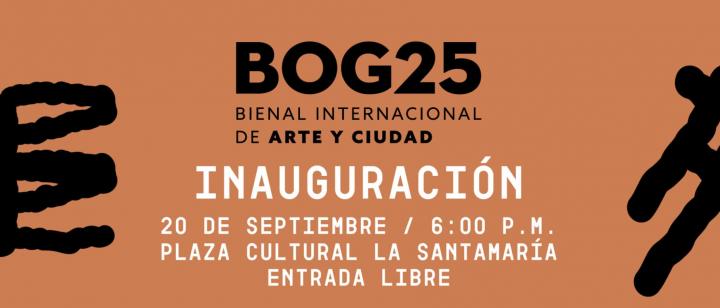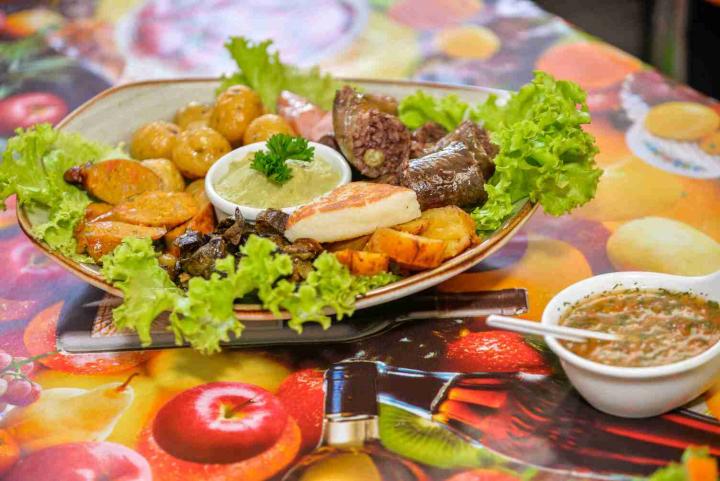A multi-flavored journey
Holy Week in Bogotá and Cundinamarca is a time of reflection, tradition, and gastronomic delight. While the capital fills with religious fervor and its culinary offerings adapt to the season, a paradise of flavors is just a few kilometers away.
From Bogotá, it is easy to travel through Cundinamarca's roads and dive into its provinces' gastronomic richness. Throughout the department, you'll find marketplaces, restaurants, and traditional kitchens serving dishes that blend history and flavor, preserving ancestral recipes.
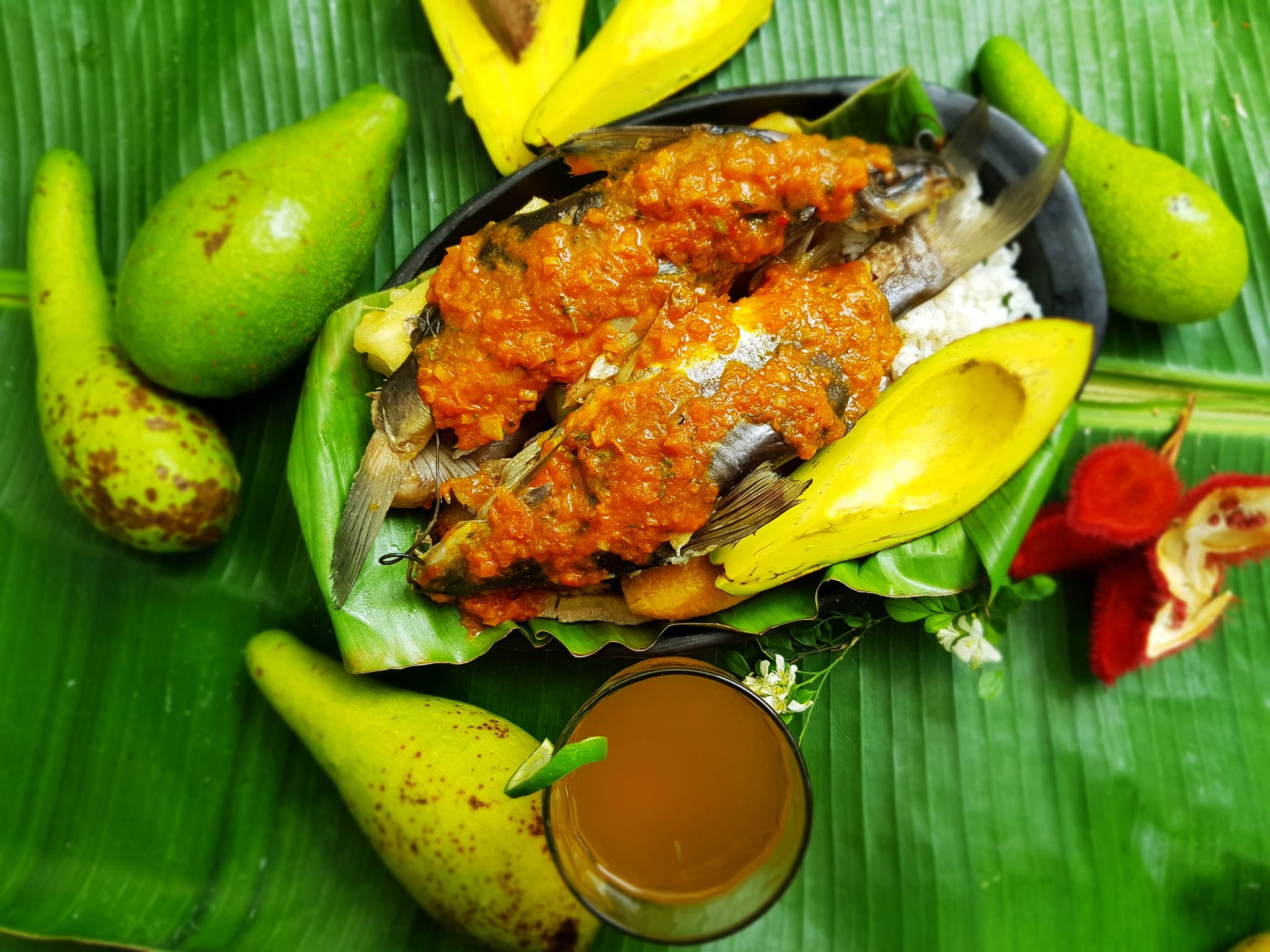
Fish as the Protagonist
During Holy Week, many people from Cundinamarca prefer river fish as the main ingredient in their meals. In Alto Magdalena, the star dish is viudo de capaz. This preparation is cooked with yucca, corn, and plantains, and is served with chili and hogao, creating a perfect balance between tradition and fine dining.
In the riverside municipalities of the Lower Magdalena and Tequendama rivers, such as Girardot and Tocaima, fried fish served with patacón is a must-try. Meanwhile, towns in the province of Guavio offer delicious trout with garlic, accompanied by salad and creole potatoes.
During this season, marketplaces, restaurants, and local kitchens adapt their menus to ensure that fish and seafood are at the forefront.
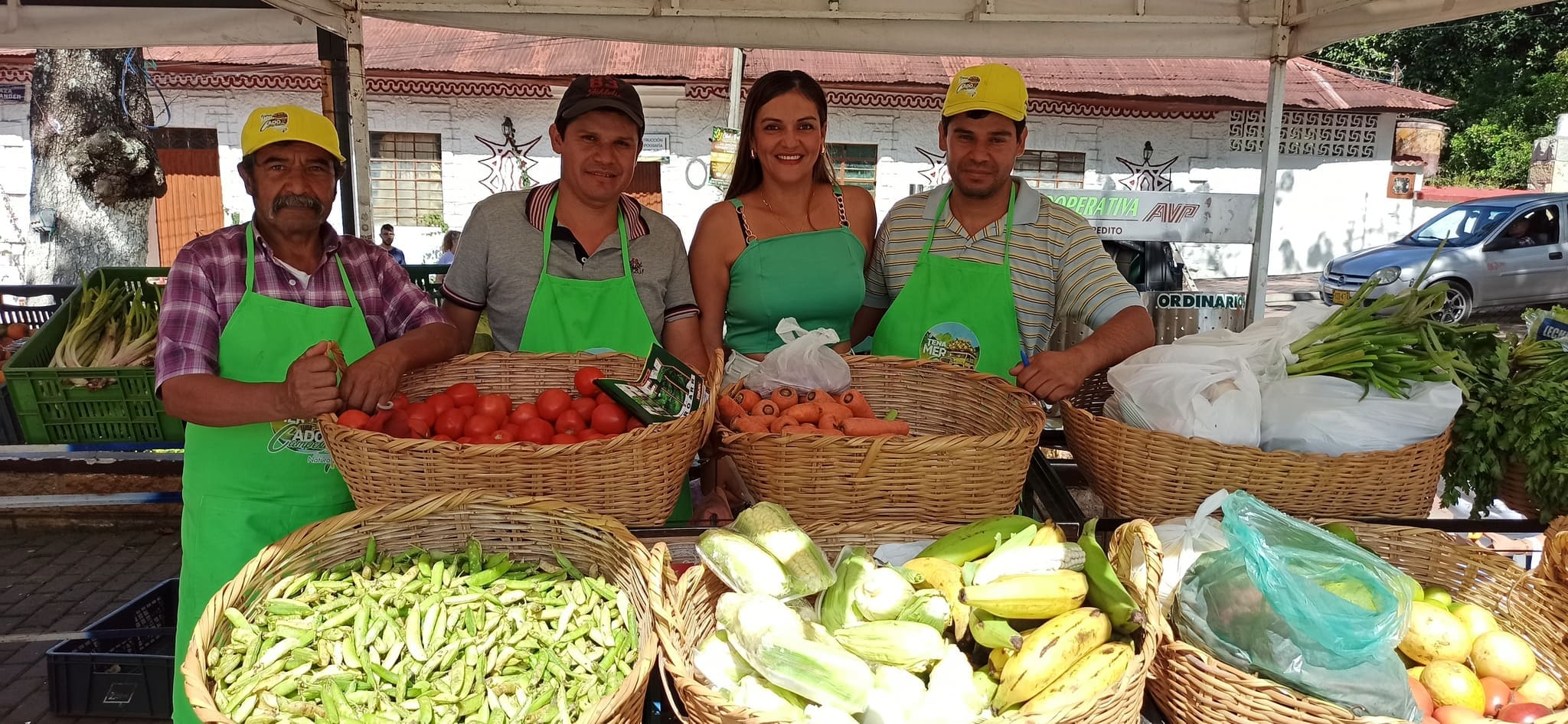
Beyond the “Holy Food”
While there is a strong tradition of fish consumption in Cundinamarca, the region's gastronomy offers much more than just this option. For those looking to diversify their menu during Holy Week, there are several typical dishes that are integral to the department's identity.
For example, one of the most emblematic dishes in Central and Western Savanna is fritanga. This dish consists of a combination of longaniza, pork rind, morcilla (blood sausage), creole potatoes, and ripe plantains. Although fritanga is not specifically associated with Holy Week, it remains a popular choice for both locals and visitors alike.
Another must-try dish is the fiambre guaduero, originally from Guaduas, in the Gualivá province. This dish is wrapped in bijao leaves and includes rice, pork, boiled egg and ripe plantain, making it perfect for taking along and enjoying during seasonal travels.
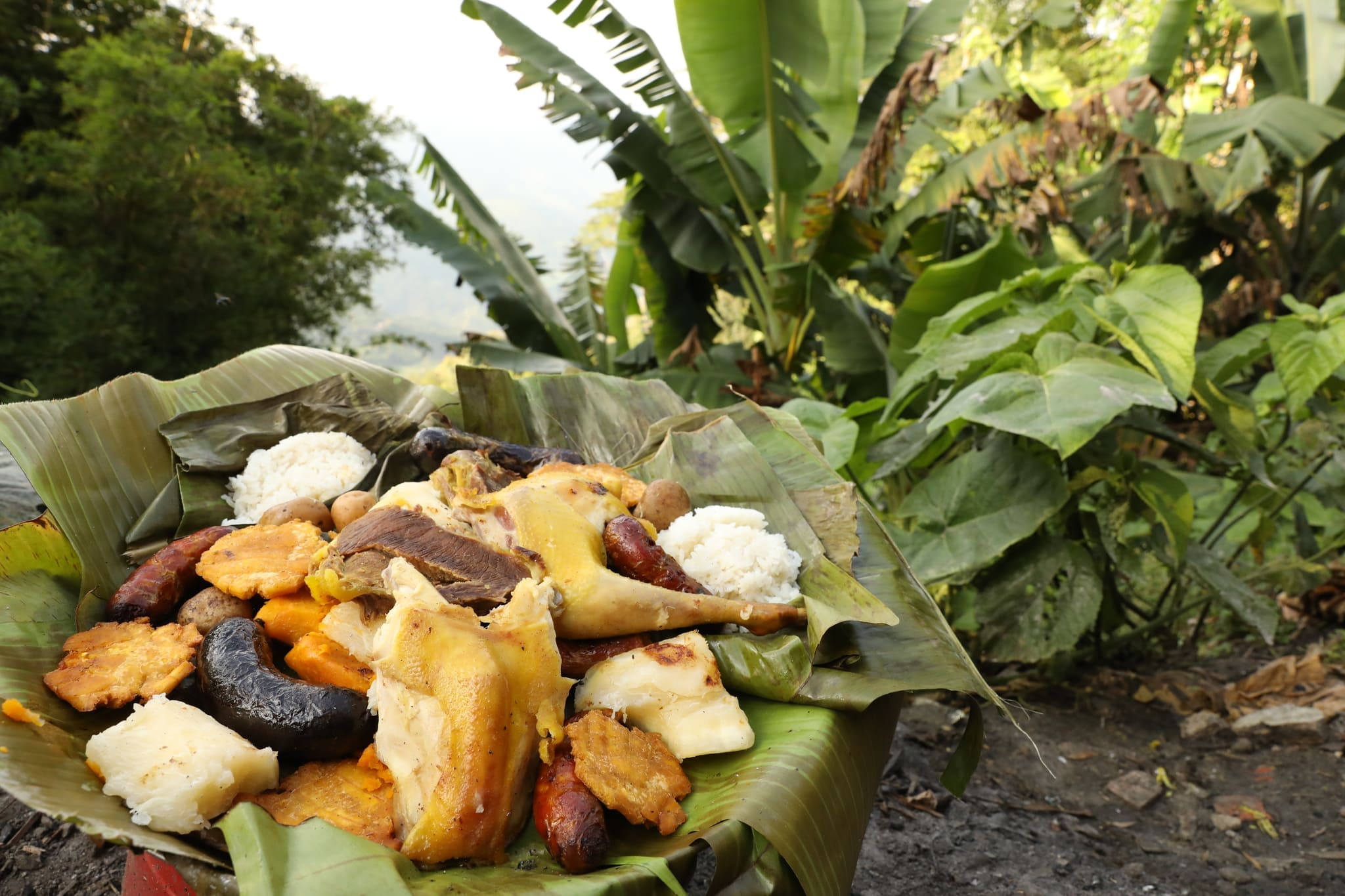
The Sweet Flavors of Holy Week
A key element of the culinary tradition in Cundinamarca during Holy Week is the sweet touch. Pastries and amasijos play an essential role on the region's culinary tradition.
Obleas with arequipe, almojábanas, cotudos, and pandeyucas are typical offerings from the Savanna. In municipalities such as Ubaté and Cucunubá, cuajada con melao (curd with molasses) is a favorite dessert. .Other popular sweets include strawberries with cream, papayuela candy, and the roscón resobado from La Vega.
